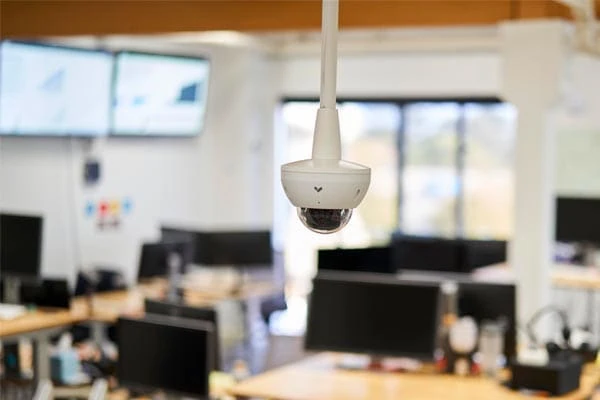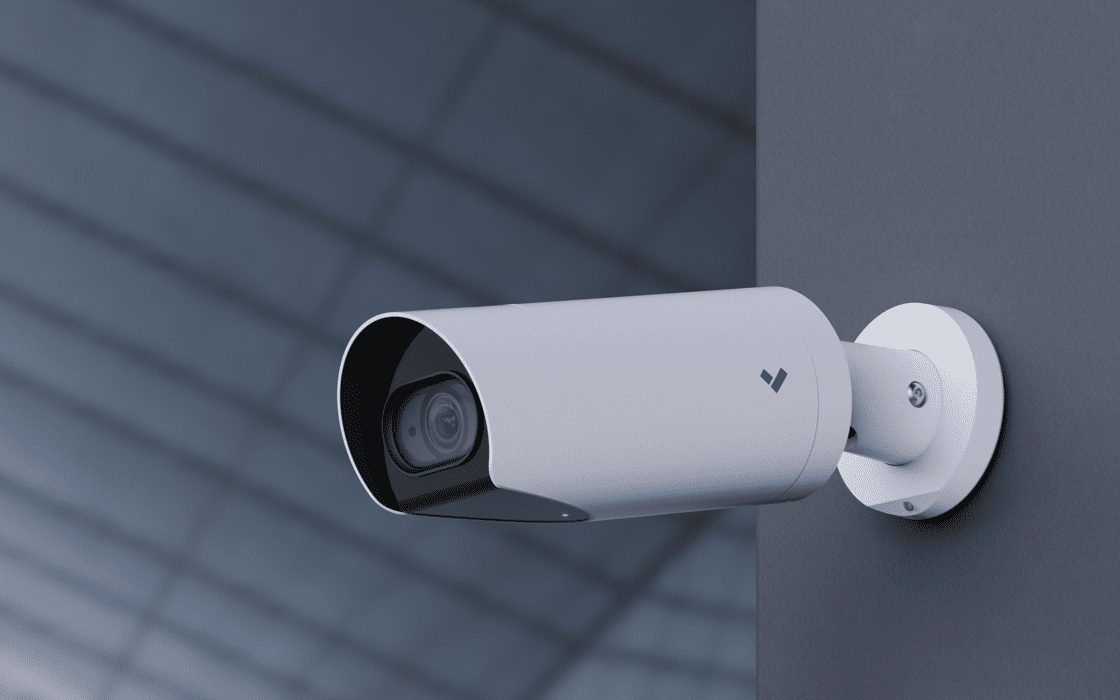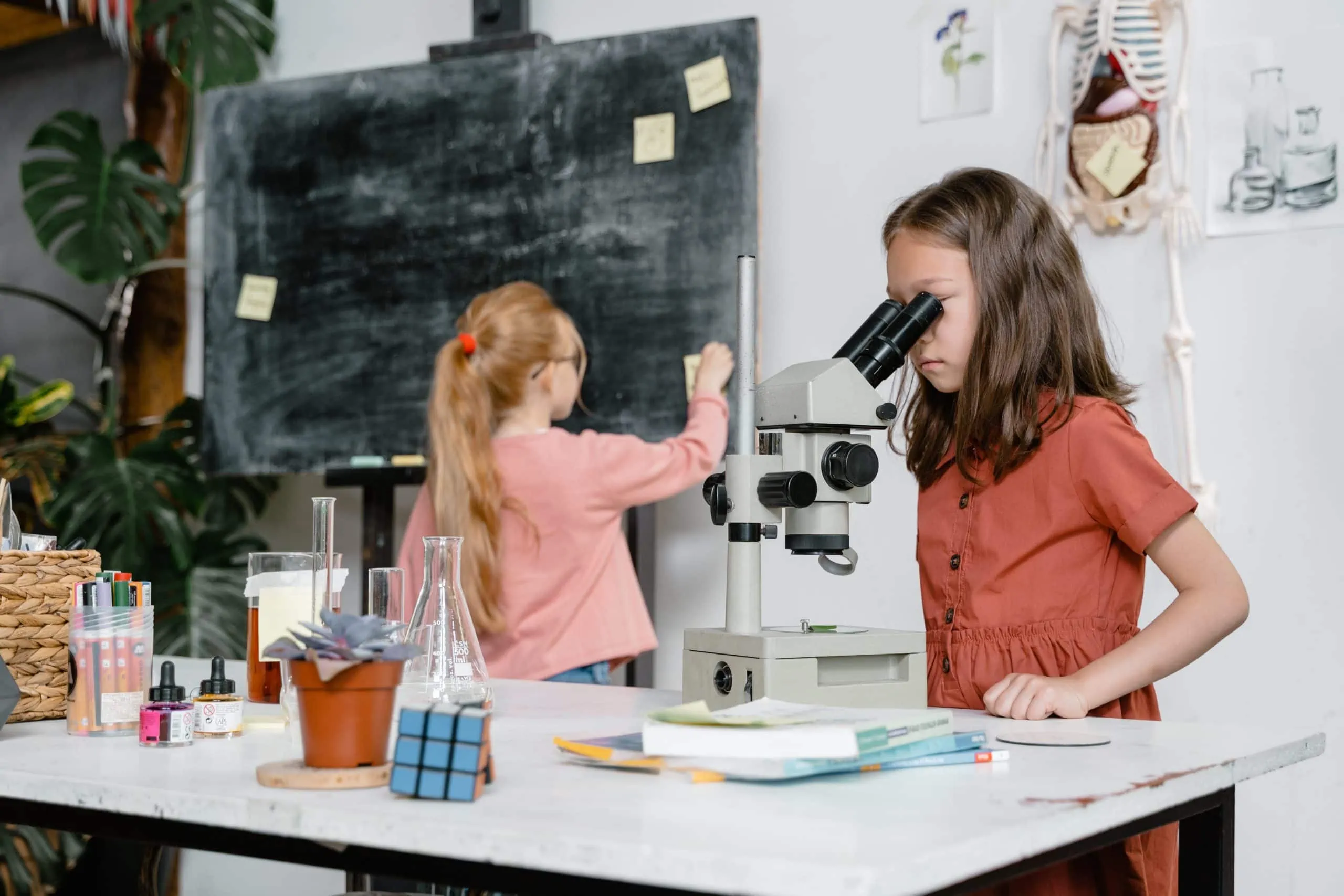Your cart is empty.
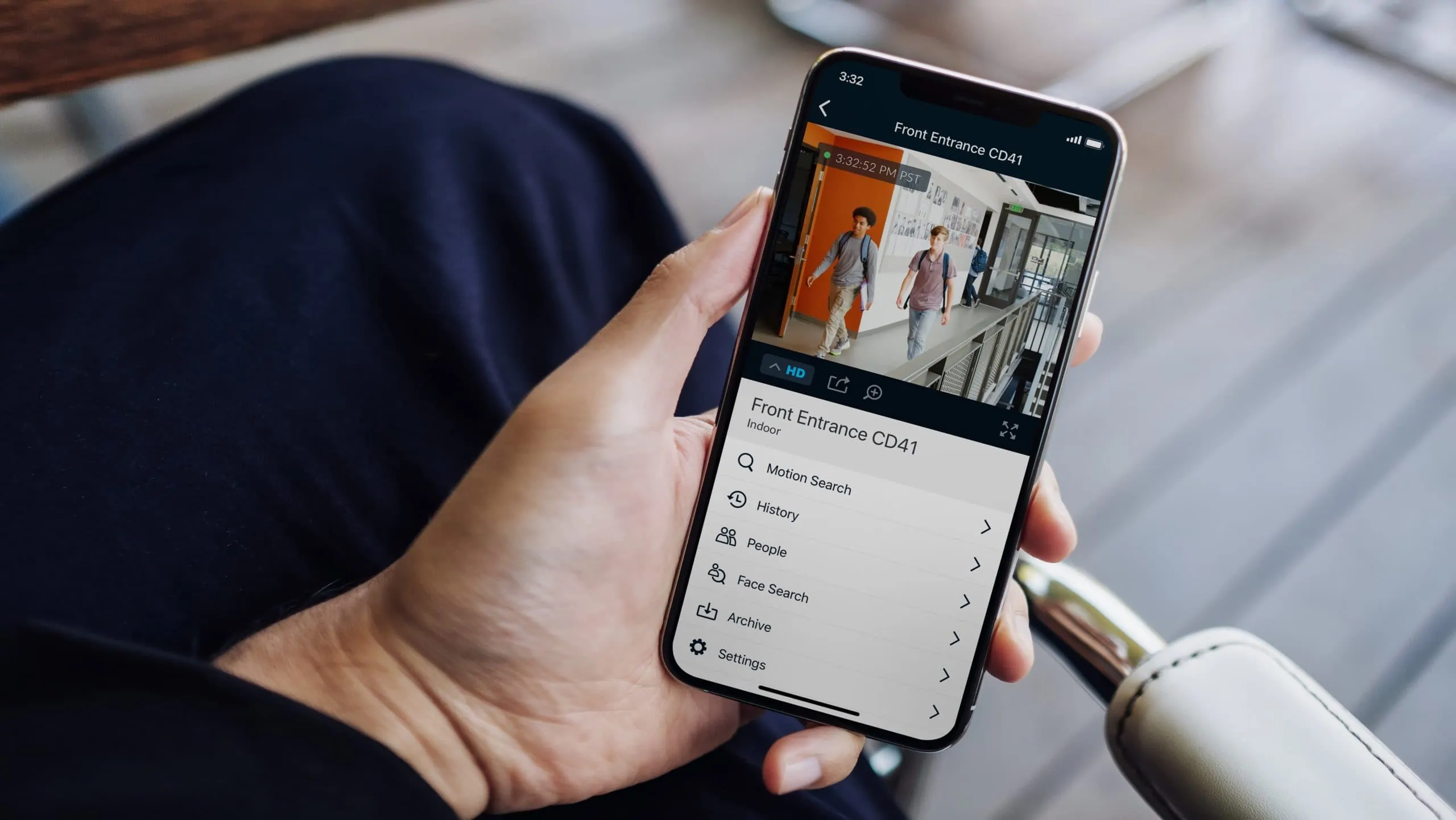
Is It Illegal to Have Cameras in Classrooms?
It is fair to say that school safety is a top priority for school administrators and parents. But is it Illegal to have cameras in Classrooms? We are living in an age of increasing school shootings, cyberbullying, and self-harm events. So school officials and parents have a lot to be worried about regarding students’ well-being.
Security cameras in public schools have been around for a long time. It became common in the mid-1990s when police departments began installing them in public places. They installed them in housing projects, school campuses, and public parks. These first-generation CCTV surveillance systems deter crime and provide physical evidence of meaningful events.
Today’s video cameras in schools still fulfill these purposes. But their applications now go far beyond being a physical deterrent to would-be vandals and criminals. Most agree that there are plenty of benefits to be seen from school security cameras in common areas. These areas include hallways, cafeterias, and parking lots. But the debate heats up when cameras in classrooms are considered, which always leads to the question:
Is it illegal to have cameras in classrooms?
There is an idea that installing security cameras in classrooms crosses a legal line. The reasoning is surveillance in a more intimate learning setting could violate the privacy of both students and school teachers.
In truth, though it varies state by state, courts have ruled that video cameras are permissible in common areas of the school, such as hallways, classrooms, and libraries, where privacy is not reasonably expected, so long as students and teachers are aware they are being recorded. But electronic surveillance has been deemed improper in areas of the school where privacy can be reasonably expected. This inclides private offices, bathrooms, and locker rooms.
Classroom surveillance has many benefits. But school districts must be cautious in how surveillance policies are implemented. They must be sure that they operate within the scope of legality. Awareness and consent are two huge factors.
The Alliance of Schools for Cooperative Insurance Programs has recommendations for installing school surveillance cameras.
School Security Cameras in Classrooms Rules
- All Districts should establish a formal Board Policy regarding recording and surveillance devices on district property. This ensures the health and safety of all people on District property and to safeguard district facilities and equipment.
- District administrators and staff should be aware of privacy limitations regarding the use of such equipment. And they must seek the advice of counsel whenever questions arise.
- The District should post surveillance signage at all campus and facility entrances. The signage should disclose the use of surveillance equipment on the premises.
- The District should also notify staff and students through newsletters and staff handbooks of the on-premises surveillance program.
- Once an event takes place or a request has been made for a recording, take steps to preserve the recording immediately and isolate it from any routine deletion process until a disclosure determination is made, and be sure to keep a disclosure copy for future reference.
Given that these recommendations are followed carefully, a successful classroom surveillance program can improve the well-being and safety of students and teachers alike.
SUPPORTING HEALTHY STUDENT BEHAVIORS
Putting cameras in classrooms allows students and teachers the opportunity to review video footage and have conversations about appropriate behavior and that which needs to improve or change. This can be an extremely valuable asset for deeper counseling issues that many kids in elementary school and high school tend to go through.
IMPROVING TEACHER INSTRUCTION
Evaluating teachers’ teaching practices via video recordings is another way cameras in classrooms can improve the well-being of students. Teachers can watch recordings of their lessons and identify areas of strength and weakness in their practice, indirectly benefiting their students as the teachers’ lessons and styles improve.
Some people argue that cameras are illegal in classrooms because it is an invasion of privacy. However, there are ways to mitigate this issue, such as putting signs up in the school or getting explicit consent from parents and students. As long as there are measures in place to ensure that everyone is comfortable with the camera recording, there is no reason why this should be a problem.
PROTECTING STUDENTS AND TEACHERS
Due to inadequate supervision, there is a high risk of incidents before and after school hours. Whether it be bullying, abuse, or something more sinister, it’s essential to be able to gain evidence of what “actually” happened so parents don’t have to rely solely on their kids’ reports. Traumatized children tend to be unable to communicate clearly if they’ve been mistreated or may be scared to “snitch” on a peer for hurting them. Video cameras in classrooms add a layer of protection for students AND teachers, so the truth is clear cut, and the incident can be dealt with appropriately.
2020 saw an unprecedented school year with COVID-19 disrupting the typical classroom setting. But now that vaccinations are heavily underway and students are returning back to in-person learning, schools must prepare for an entirely new influx of rules meant to keep students and teachers safe from potentially spreading the virus. Herein lies a new application for school security cameras.
Verkada Security Cameras
Verkada security cameras offer a multitude of advanced functions and AI analytics that can assist with guidelines set by the CDC for in-school learning: maintaining 6 feet apart out of class and 3 feet apart in class, keeping masks on at all times except eating and drinking, and avoiding gathering together in large groups whenever possible.
Types of Actions
-
Motion Plotting: Track students’ movements across campus with real-time heatmaps and receive automatic alerts when a certain number of people have gathered together in specific areas of campus that violate grouping guidelines.
-
Facial Detection: Even when students are wearing masks. Verkada’s advanced facial detection software has a high accuracy rating for identifying students.
-
Secure Remote Access: Access camera feeds from any device to be able to monitor school operations easily.
- If an admin is unwell and self-quarantining at home. School camera feeds will still be accessed and monitored to make sure students are following rules and being safe.
In Conclusion
One big concern is whether or not it is legal to have cameras in classrooms. The answer to this question depends on the state in which the school is located. In some states, some laws specifically allow for cameras in classrooms, while other states have laws that do not mention them one way or another.
It is always best to check with your local school board or state department of education to determine the specific laws in your area.
Another concern is whether or not having cameras in classrooms will invade the privacy of students and staff. This is a valid concern, but there are ways to mitigate it. If you’re concerned about privacy, you can take steps to reduce the risk. However, it’s important to note that classroom cameras are not inherently illegal. It depends on the specific situation and context.
At the end of the day, whether or not to have cameras in classrooms is a decision for the district must make on its own.
There are pros and cons to consider, but ultimately it is up to the school to decide what is best for their students.
Updated: Jan 6
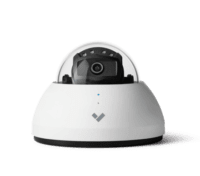
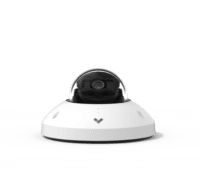
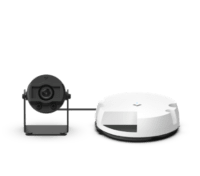

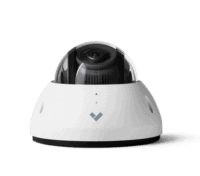
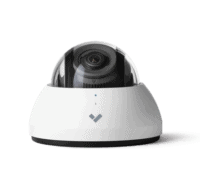
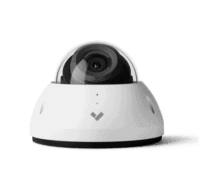
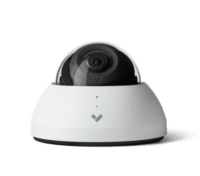
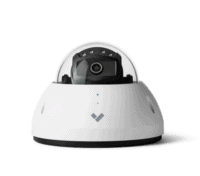

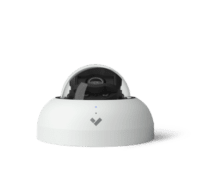
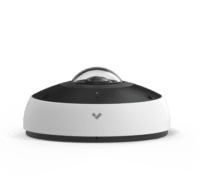
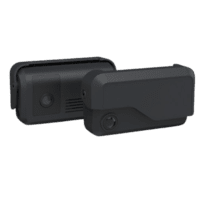
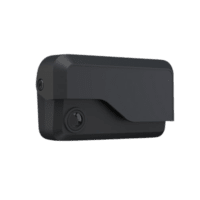
 Courtney Durler
Courtney Durler